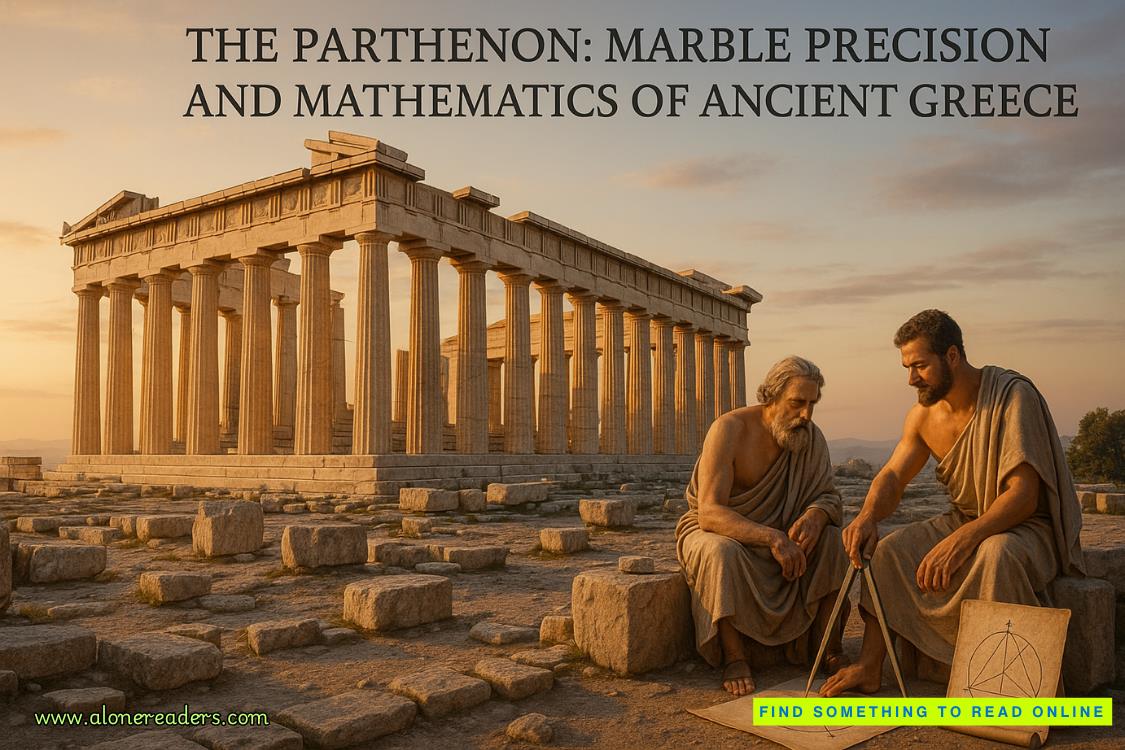Page 32 of The Girl and the Lies
“Can you tell me more about them?” I ask.
“Their officially declared purpose is social activism and upholding campus culture.”
“That’s vague,” I say, thinking of my immediate reaction to the name they chose for their group.
“It is,” she says. “But I think that is the intention. They want to be able to get involved in the widest possible range of situations and events while still declaring it a part of the organization’s official activities. That way it’s protected by the school, and they can get funding. This situation isn’t flattering for them, but they have gotten involved in other things that have been much more effective.”
“Is the leadership of the organization now the same as it was during the protest?” I ask.
“There has been some change, but there are still plenty of members who were there during the incident,” she says.
“Can you get me in touch with them?” I ask.
It takes a little more than an hour of sitting in the office waiting for her to hear back from members of the Student Action Committee, but they agree to meet with me in one of the conference rooms of the student commons. I thank Samantha for her help and cross the street to the commons.
Approaching the building from the back, I walk across a large, circular stone area that I realize is the courtyard where the protest happened. Seeing it in person rather than in pictures gives better context and helps me to understand more clearly how the situation unfolded.
The courtyard is right in the middle of what I can imagine is a busy thoroughfare during the regular academic year. Sidewalks lead from surrounding buildings, and the courtyard sits right up against the commons building where students gather to eat, study, attend meetings, and go to activities. This would have put Tracy Ellis right in the middle of everything. As much as Samantha Clark insisted that attending this event would be completely voluntary for the students, it’s most likely there were a lot of them who didn’t have a choice but to walk past and hear what was going on.
It also meant that the group that gathered to listen was easily accessed from all angles. The Student Action Committee only needed to decide where they were going to gather up, and they had a straight shot to everyone there to listen to Ellis talk, and to Ellis herself.
I follow Samantha’s instructions to find the conference room where I am meeting with the members of the Student Action Committee. There are already a few of them there when I step into the room.
“I’m Agent Griffin,” I introduce myself.
“I’m Lindsey,” one says.
“Peter.”
“Hope.”
“Curt.”
“Nice to meet you. Thanks for coming to talk to me. I’m going to get started, and if anyone else shows up, they can just jump in.” I close the door. “I’m not sure how much Samantha Clark told you, but I’m an FBI agent investigating a case involving the Tracy Ellis Ministry.”
The people sitting in front of me draw in breaths and exchange glances.
“You’re investigating that murder,” Peter says. “The security guard who was killed in his apartment.”
“Yes,” I tell him. “That’s part of it. What else have you heard about that case?”
“That people working for her have been getting threats,” Hope tells me. “Doesn’t surprise me.”
“Why do you say that?” I ask.
“Have you ever heard her speak?” she asks.
“I have.”
“Then you know all she does is spew judgment and hate. After a while, people get tired of that. She can’t get away with just hiding behind her screwed-up version of religion and damaging people like that,” she says.
“I’m guessing that all of you were present at the protest that happened when Tracy Ellis spoke here,” I say.
They all nod.
“Us and some others,” Curt says. “That was one event where it wasn’t hard to get people willing to be involved.”
“Wait…,” Lindsey says, looking around at the others again and then meeting my eyes. “Do you think we had something to do with that guy getting killed?”















